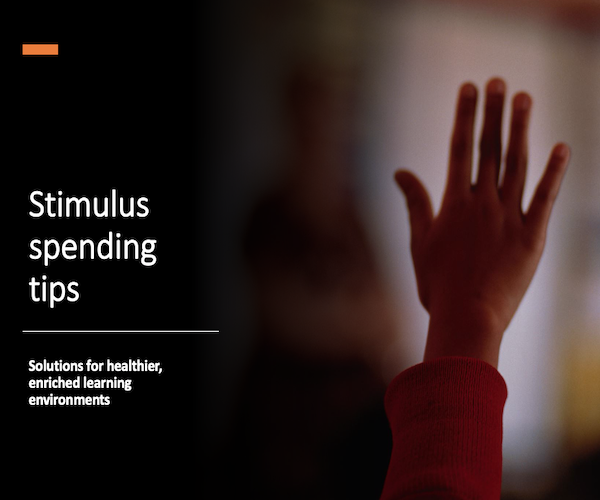With more students returning to classrooms, it’s time for district administrators to focus on safety issues beyond the COVID public health crisis, a school security expert says.
A string of mass shootings in recent weeks has brought attention back to the threat of school shooters and other emergencies, says Amy Klinger, co-founder of the Educator’s School Safety Network.
“You have a whole cadre of kids who were OK before the pandemic, who were getting supports and interventions in school, and then we pulled the plug, and everyone was out on their own, socially isolated, and the support systems were gone,” says Klinger, co-author of Keeping Students Safe Every Day.
“You have another cadre of kids who were not OK before and they still aren’t,” she says.
More from DA: 12 things students and parents say about safety post-COVID
The Educator’s School Safety Network is offering a free, online course, School Safety 101, to guide superintendents and their teams in restarting the type of security training and planning that was prioritized before the pandemic.
“In February 2021, we started getting a lot of phone calls from people going back to school who were astonished by the number of problems they’d already had,” Klinger says. “They’d already head threats and/or weapons found, which they hadn’t quite anticipated.”
Here are some of the “all-hazards” security topics the course covers:
1. Threat assessment: Students will return to school suffering from trauma and other mental health ordeals. That puts pressure on educators to conduct threat assessments to identify individuals who may become a danger to school communities, Klinger says.
“The overall structure of the course is to activate your prior knowledge, to help us remember what we used to do,” she says.
2. Additional resources: The course’s “Explore” section details other training and resources administrators can use, and encourages district leaders to revisit emergency planning for post-COVID situations.
“If we go back to school and we only restart active shooter drills, we are going to be unprepared for bomb threats, suicide attempts, aggressive parents, weather emergencies—and all these things that are more likely to happen,” Klinger says.
3. Opportunities for advocacy: The course guides principals and teachers in how to advocate for safety initiatives with district decision-makers.
4. Ongoing PD: The free courses can be used in ongoing professional development and in professional learning communities.
“My concern is that we’re going to have a crisis after this crisis,” Klinger says. “If we don’t acknowledge what happened, if we don’t gear up to face things that are going to happen, we are going to have a school safety crisis that follows the public health crisis.”









